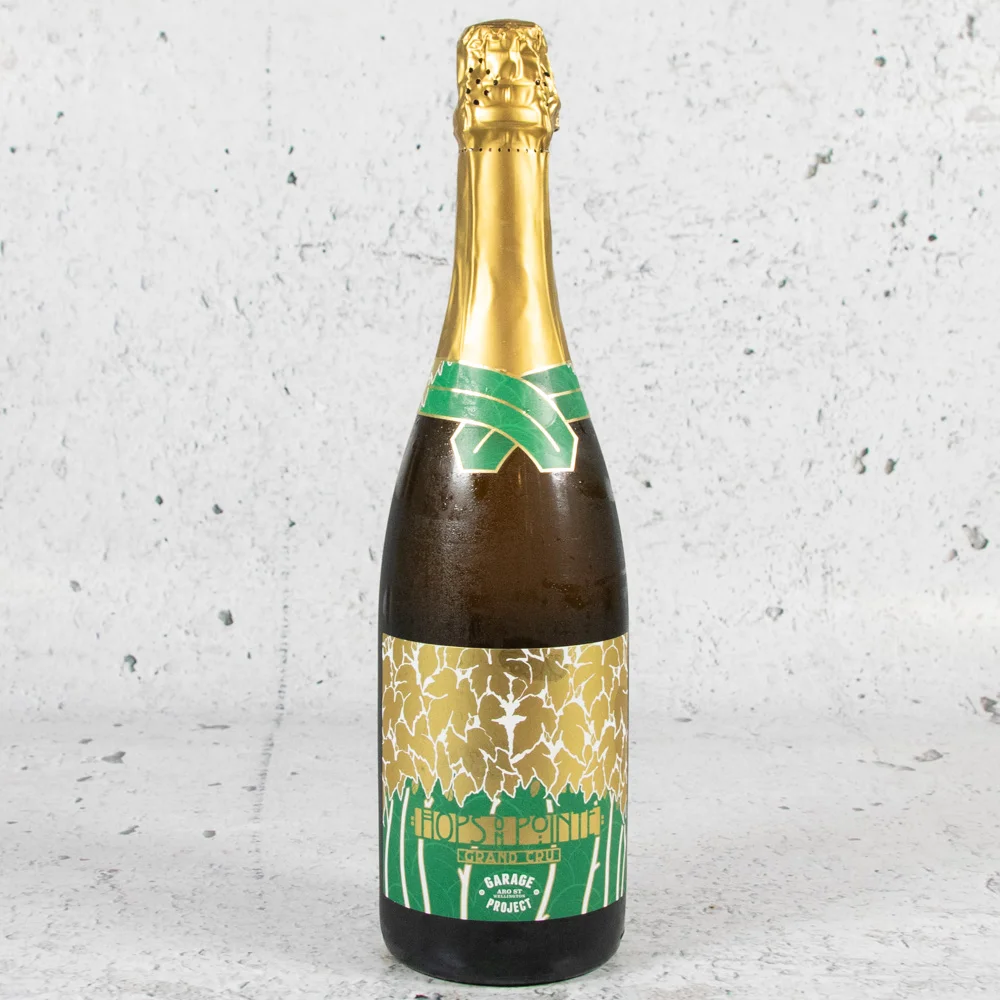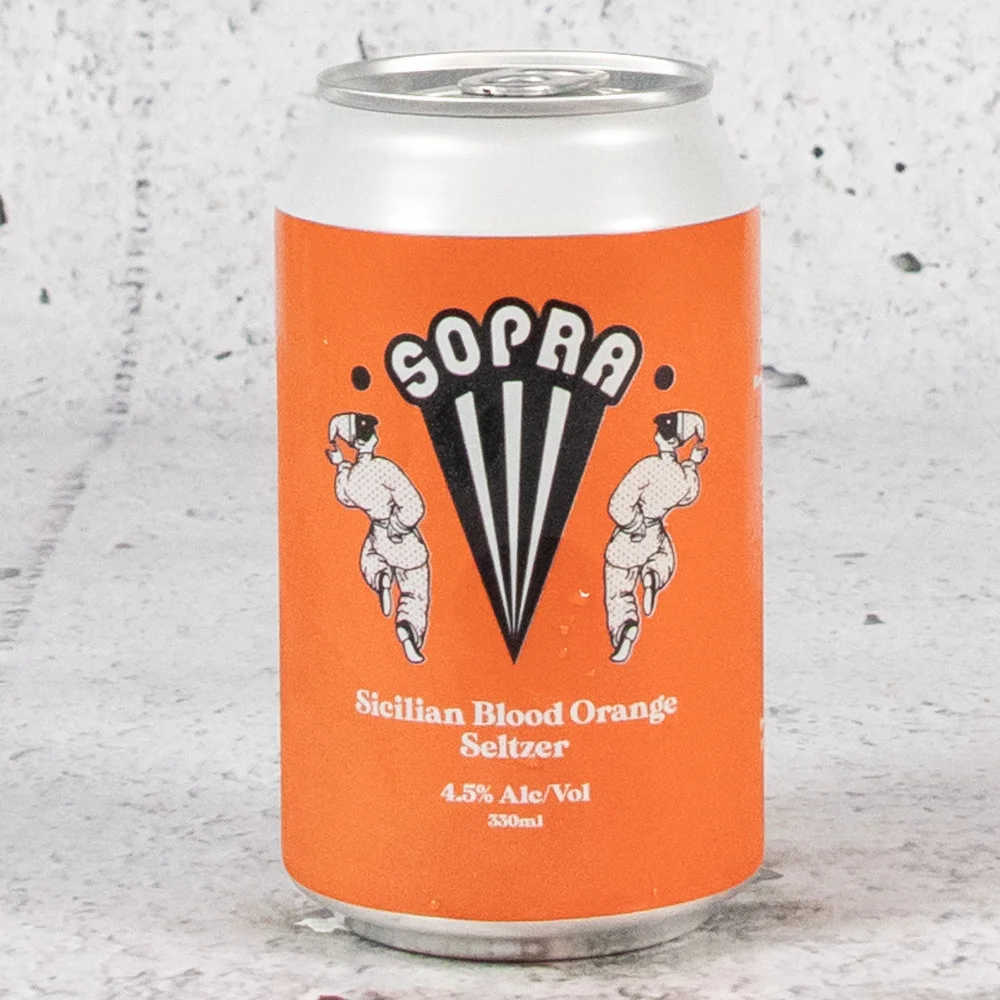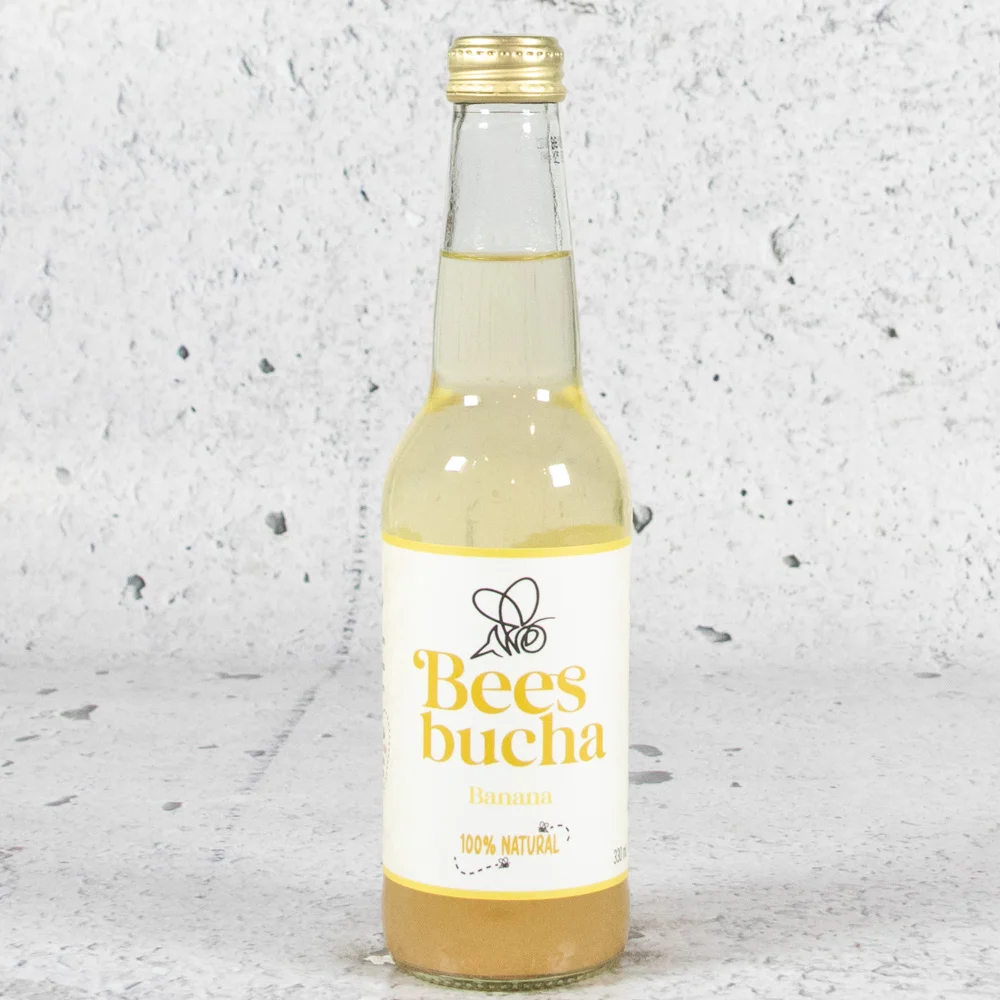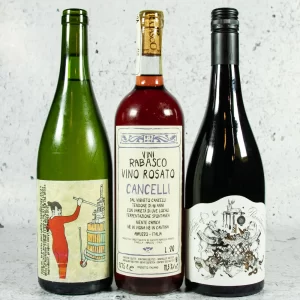A dry-grown, barrel-fermented Riesling made from fruit we farm in deep granitic sands and clays at Metcalfe. Pristine grapes, fully flavour ripe and made with oxidative handling and just a little bit of skin contact.
IN OUR VINEYARD… We have worked with Riesling from Metcalfe since 2015, made varietal expressions since 2017 and took over the farming of the vines in 2019. Frosts, wasps and late rains have derailed our hopes on more than one occasion, but this 2021 release saw the universe smiling on us and i can comfortably say that this is the most satisfying and possibly best wine we’ve made. The Riesling block sits low in the valley, with lenses of clay layered amongst the granitic sands of the subsoil. These vines are un-irrigated but the clay horizons mean that they are never too thirsty, though fruit set is highly varied as a result. Systemic herbicides and pesticides were removed from the farming cycle in 2019 as we moved to a more regenerative viticultural model. As with all the Metcalfe fruit, natural acid is very high so we push flavour ripeness before we pick, with exposed berries putting on a lot of colour and flavour in the skins.
IN THE WINERY… Hand picked bunches were gently foot stomped before being pressed very slowly to tank and settled over night and subsequently racked to seasoned oak puncheons for primary ferment. Natural ferment takes place slowly over 4-5 weeks in a cool space in our barrel room, before resting on full lees over winter and spring. Barrels are topped regularly, but not stirred. Post malolactic ferment in early summer the barrels are racked cleanly, without pumps and the wine settled over the subsequent months. The wine was hand bottled without sulphur in late Autumn 2022 and has rested in our cool store over 18 months prior to release. Made without additions, filtering or fining.
IN THE GLASS… A pale straw colour in the glass, this wine starts with vibrant and driving natural makrut acidity, a hint of reduction and aromas of nashi pear. On the palate the wine is highly detailed, saline and super savoury. With time in the glass it opens up to reveal some highlights of the oxidative handling and patience around picking times, with ripe skin tannins offering layers of spice and distant, fine tannin. Lees certainly plays a role here too, with a persistent mealy quality that helps to tame the acid. This is a riesling made from very good quality grapes, in the style of a Chardonnay, that looks like it would prefer to be in the Jura.
Such a great wine, for me at least, and one that i can not wait to see develop in bottle over the years. – Minim




















